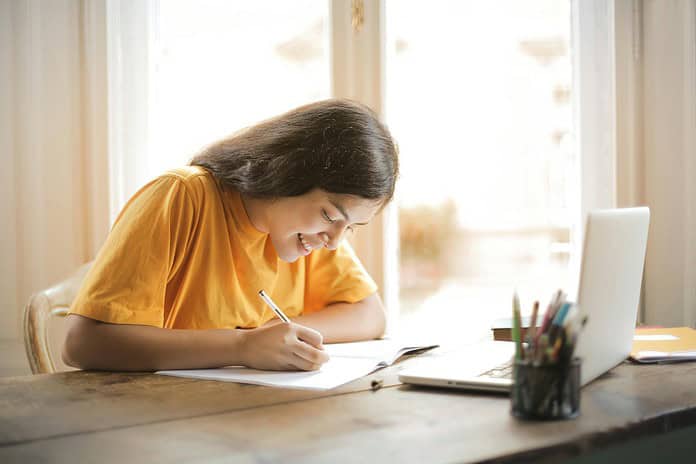Each individual student is unique in many ways. They may be similar in their behavior patterns however their differences become evident as familiarity increases between teacher and student. The more involvement with the individual the greater the teacher learns specific things about them that leads to greater understanding of the person.
The more blanks that are filled in for both of them the better they know and anticipate each other. It takes time, effort and some forgiveness with the inevitable conflicts that often arise. The development of a positive relationship between student and teacher grows when the student realizes the help given is good for their development. This task is complex and not easy to accomplish.
A competent teacher must develop specific methods to use with each student. The correct type of approach for an individual student increases with knowing each one. Some teachers must discuss the assignment before getting into the specifics of what motivates the student. Learning what motivates the student’s strengths and interests helps the teacher connect with the student and the student to excel in their academics.
To become an excellent teacher the person must become aware of student strengths and weaknesses. No student is perfect in everything, and everyone should be assisted to become more motivated to improve no matter how advanced they are in a particular area.
Most students will eventually “hit a wall” in one subject or another. If the teacher has not learned to challenge the student without alienating them it can become a more serious problem. The teacher must be aware not to offend the student instead help them to get the information in a different way and in smaller bites.
In large junior and senior high schools and certainly in most colleges and universities the student has to take over responsibility for their own motivation. It becomes impossible for a teacher to know each student in large classes and each one’s learning style. At this juncture of their development, the individual student has learned their strengths and weaknesses.
Individual student learning and motivation techniques probably have developed in the lower grades where the teacher could work with them individually. A close relationship is being lost even in the lower grades as too many public schools are providing cost efficient education that leaves out the necessary and important personal interaction with each child.
Today even in lower grades, many students are no longer provided personal instruction to learn how to overcome their academic weaknesses. Dedicated teachers of younger children are essential to place a student on the right track with the necessary skills to be successful. As the student advances in age, they must learn what is their own, personal method to use to learn most effectively. Generally, these skills should be nurtured by dedicated teachers in the elementary grades with the support of the parents.
If the student did not develop these skills in their school experience before entering the higher grades, they can and should teach themselves. Any mature student who wants to be successful in academics or in a professional environment should push themselves to be the best learner they can be. Teachers may have helped the student gain many skills and strategic approaches but ultimately it is up to the student to implement them.
During a student’s academic training they gain sufficient knowledge to guide them to become the best learner they can be. They need to focus their critical attention on what they particularly must do to obtain the optional academic excellence in each activity. They become their own “best teacher.”
Domenick Maglio, PhD. is a columnist carried by various newspapers and blogs, an author of several books and owner/director of Wider Horizons School, a college prep program. Dr. Maglio is an author of weekly newspaper articles, INVASION WITHIN and the latest book entitled, IN CHARGE PARENTING In a PC World. You can see many of Dr. Maglio’s articles at www.drmaglioblogspot.com.

